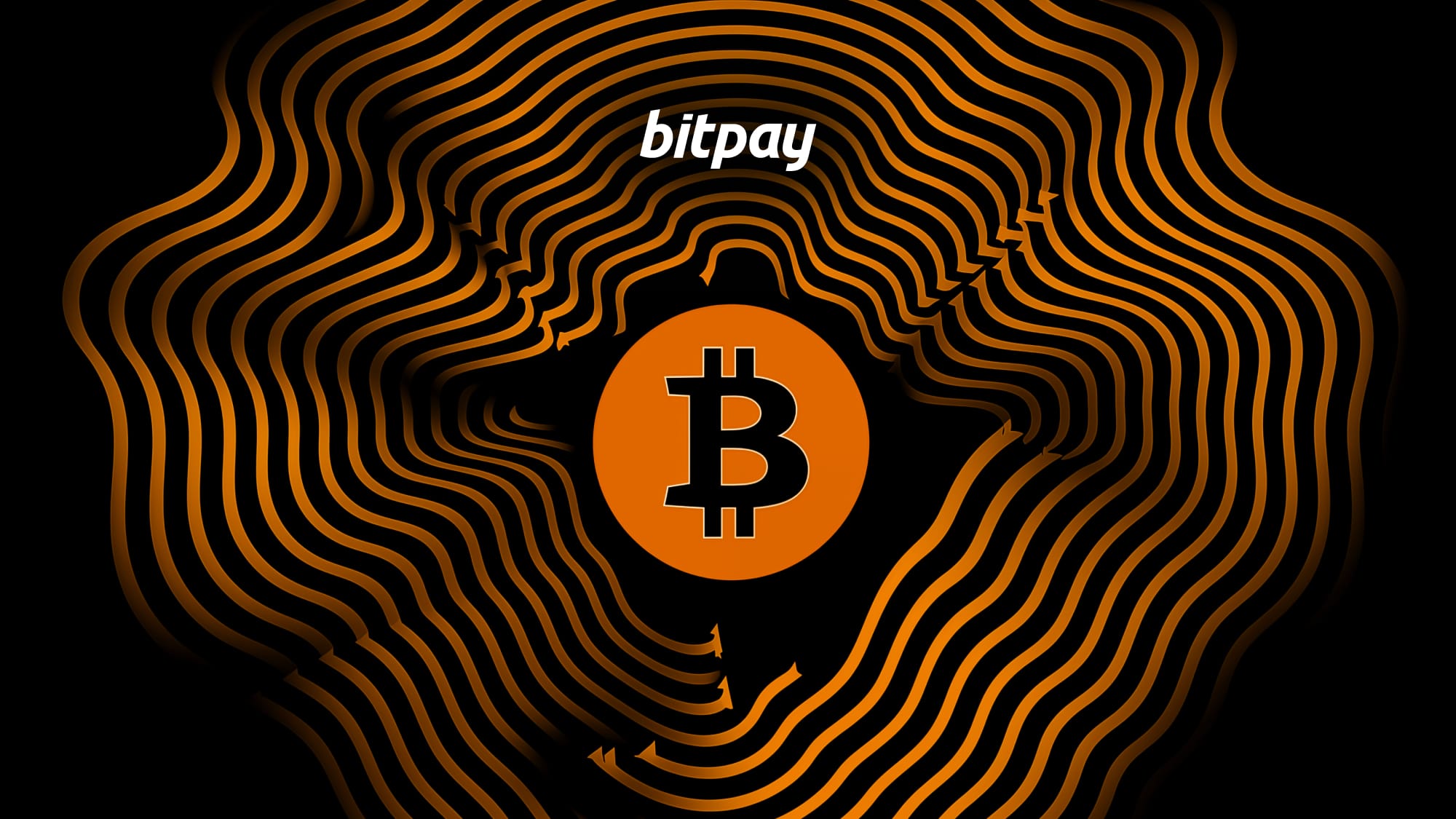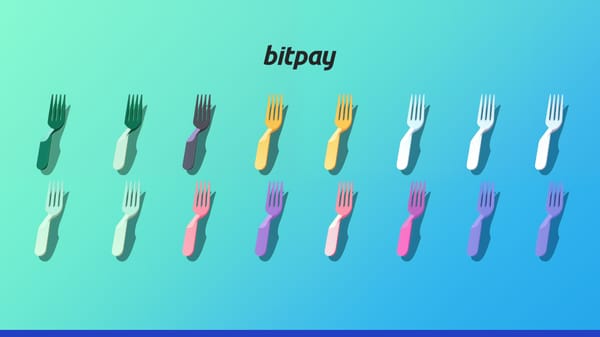- Historically, the price of Bitcoin has followed a four-year cycle believed to be associated with each halving event.
- There has been a rather reliable pattern of rallies, pullbacks, and blow-off tops before and after the halving.
- While past performance doesn’t always indicate future results, this framework can be used to make predictions about the Bitcoin price, presuming historical trends play out again.
How halvings impact the BTC market
Much of Bitcoin’s past price history has revolved around the Bitcoin halving. While the halving effect on the Bitcoin price can be debated, there’s no denying that so far, each cycle has had a pattern that resembles the one that came before it.
Keep in mind that the price of Bitcoin doesn’t exist in a vacuum. There are various other macroeconomic factors that can impact the Bitcoin price, such as fluctuations in the money supply, interest rates, geopolitical events, and prevailing market sentiment.
It’s hard to prove a causal connection between the halving (or any other singular factor) and Bitcoin’s price. But due to the historical reliability of this indicator, combined with some fundamental facts about how the network functions, we can make informed inferences.
Past halving events and their impact on the BTC price
The most direct way the Bitcoin halving impacts price comes down to simple supply and demand. If there are fewer Bitcoins being made available, the price ought to rise, assuming demand remains constant or increases. In addition, miners only have half as much Bitcoin available to sell to cover their operational expenses, reducing overall selling pressure in the market.
The halving effect on the Bitcoin price this next time around could be even more pronounced, as demand could increase at the same time that supply decreases, due to some important developments in the space.
But first, let’s look at how previous halvings have impacted the Bitcoin price, making note of the price of Bitcoin in US dollars both at the time of the halving and at the cycle peak during the year that followed
(Note: all price data used was sourced from Coinmarketcap.com.)
Halving #1
- The first halving occurred on November 28, 2012, and reduced the block reward to 25 BTC from 50 BTC.
- Price at time of halving: $13
- Following year’s peak: $1,152
Prior to the first halving, Bitcoin was unknown to almost everyone but the cypherpunks who worked on the tech in its infancy. When the price in dollars ballooned from double digits to over $1,000, however, Bitcoin did begin making some headlines. But for the most part, the burgeoning asset class wasn’t taken seriously by anyone outside the community.
By the time the price had fallen back to near $200 in 2015, critics proclaimed the bubble had burst and Bitcoin was dead. This trend would continue during the cycles to follow.
Halving #2
- The second halving occurred on July 16, 2016, and reduced the block reward to 12.5 BTC.
- Price at time of halving: $664
- Following year’s peak: $17,760
The second halving saw Bitcoin and crypto burst into the spotlight, with a wave of media criticism washing over the asset class. The altcoin and ICO boom occurred during this time, bringing with it many unfortunate scams and failed crypto startups.
Halving #3
- The third halving occurred on May 11, 2020, and reduced the block reward to 6.25 BTC.
- Price at time of halving: $9,734
- Following year’s peak: $67,549
Halving #3 was different in that it occurred during the COVID-19 pandemic of 2020, when most of the global economy had been shut down. Despite this, the price pattern for BTC/USD mostly held true to previous cycles.
It was also during this time that billionaire investors like Paul Tudor Jones and Michael Saylor first began to announce they had made allocations to Bitcoin.
In each of these cycles, the halving effect on the Bitcoin price was similar and displayed a pattern: a substantial rally leading up to the halving, followed by a brief correction and period of consolidation before the major bull run and blow-off top. The peak occurred approximately 18 months after the halving each time. This is a highly simplified yet accurate description of the last three cycles.
In late 2023, many believe the market is now in the “pre-halving rally” stage of the cycle.
Predictions for Bitcoin halving 2024
The Bitcoin price halving in 2024 is unique in that it coincides with the potential approval of a spot Bitcoin ETF in the United States.
There’s also the matter of interest rates, as Bitcoin has historically done well in a lower-rate environment, although 2023 has proven the asset can do well during times of higher rates, too. Many market observers believe the Fed is done raising rates and may begin rate cuts in 2024.
Here are some Bitcoin halving 2024 price predictions from veterans in the space.
- CoinCodex sees a BTC price peak above $170,000 in August 2025 before a retracement to levels near $95,000 - $100,000.
- BitQuant believes there will be a new all-time high sometime during the pre-halving rally, with the post-halving peak seeing prices over $250,000.
- Popular analyst CryptoCon sees a new high of around $130,000 about 4 years after the previous high, or sometime around November 2025.
- Marshall Beard of Gemini threw out the “$100,000 price figure” given BTC reaches its previous high of $69,000.
Final thoughts on BTC halving 2024 price predictions
Time will tell which Bitcoin price predictions for the 2024 halving come true, if any. As always, we recommend doing your own research, staying on top of the latest industry happenings, and never investing more money than you can afford to lose!
Any predictions or market trend interpretations are not that of BitPay. All information in this article is for educational purposes only, and shouldn't be interpreted as investment advice. BitPay is not liable for any errors, omissions or inaccuracies. The opinions expressed are solely those of the author, and do not reflect views of BitPay or its management. For investment or financial guidance, a professional should be consulted.


